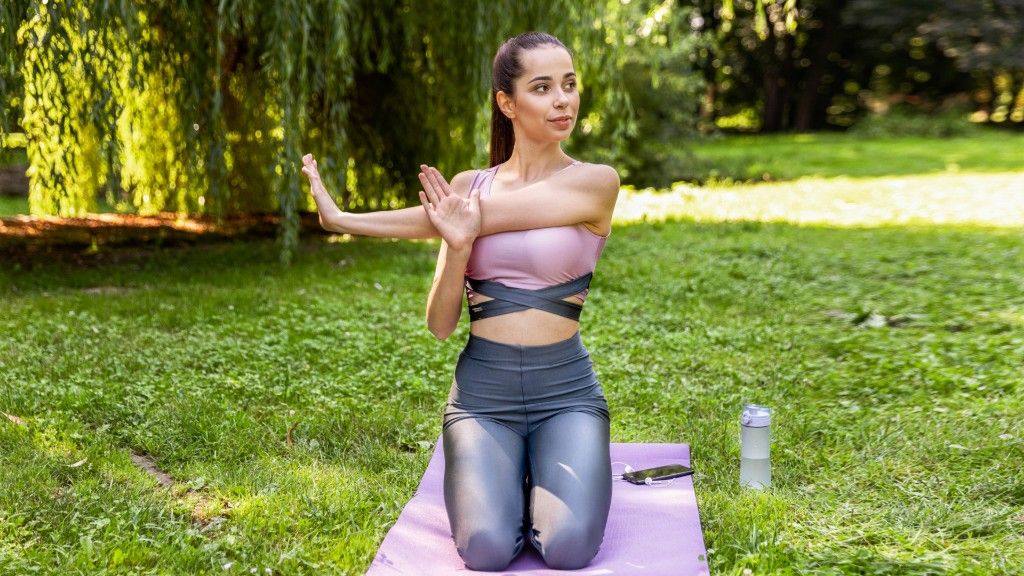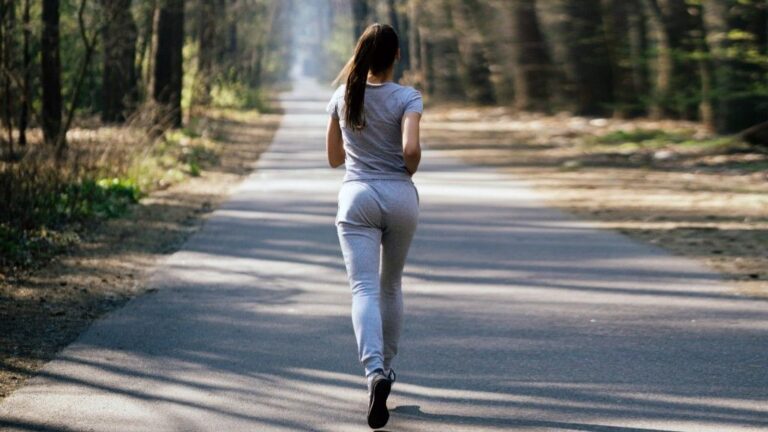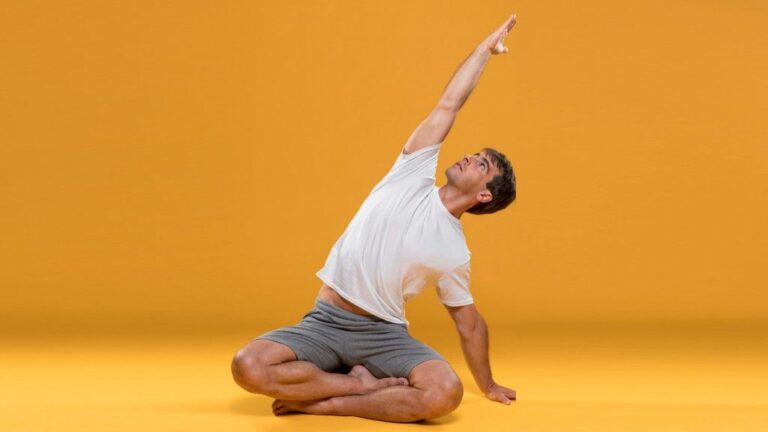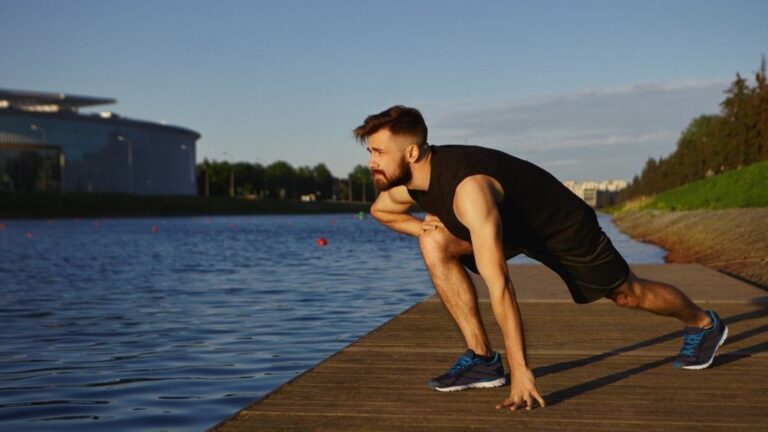No Massage? No Problem. These Yoga Poses Deliver Instant Relief – In our fast-paced world, tension has a way of creeping into both body and mind. While massage therapy is a go-to solution for many seeking relaxation and recovery, it’s not always accessible—or practical—for everyone.
The good news? You already hold the key to deep relaxation within you—your breath and your body. Gentle yoga poses can be just as effective at melting away stress, easing muscle tightness, and promoting overall well-being.
“Yoga works by activating the parasympathetic nervous system, which helps shift your body from ‘fight or flight’ mode into ‘rest and digest,’” explains Dr. Emily Carter, a wellness expert and yoga instructor. “This natural relaxation response reduces cortisol levels, improves circulation, and encourages muscles to release stored tension.”
Whether you’re recovering from a long day or simply craving a moment of calm, these five beginner-friendly yoga poses are designed to soothe your body and quiet your mind—all from the comfort of home. Let’s explore how each pose nurtures your body while offering simple steps to practice them with ease.
Table of Contents
1. Child’s Pose (Balasana)
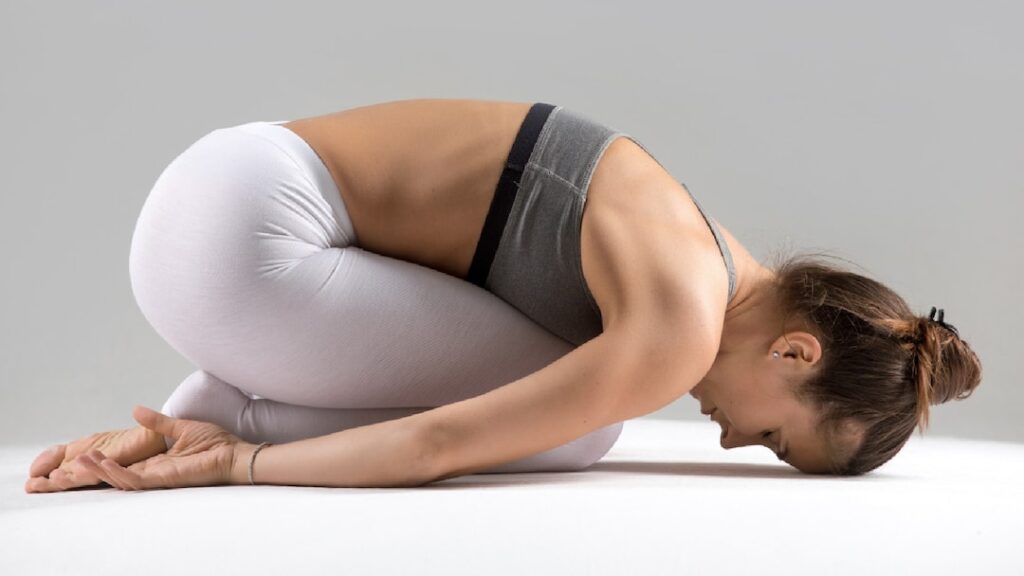
Benefits: Stretches the lower back, hips, and shoulders; promotes deep breathing and relaxation.
Child’s Pose is like a warm hug for your spine. It gently releases tension in the back while encouraging steady, calming breaths that signal your nervous system to unwind.
How to Do It:
- Kneel on the floor with your big toes touching and knees spread wide apart.
- Sit back onto your heels and fold forward, extending your arms out in front of you.
- Rest your forehead on the mat (or a cushion if needed) and let gravity soften your lower back.
- Breathe deeply, inhaling through your nose to expand your ribcage and exhaling fully to sink deeper into the stretch.
- Hold for 5–10 slow breaths.
Why It Works: This restorative posture activates the vagus nerve—a key player in triggering relaxation—and creates space for oxygen-rich blood to flow freely throughout your torso.
Also read – 4 Brutally Honest Leg Exercises That Test Your True Strength
2. Cat-Cow Stretch (Marjaryasana-Bitilasana)
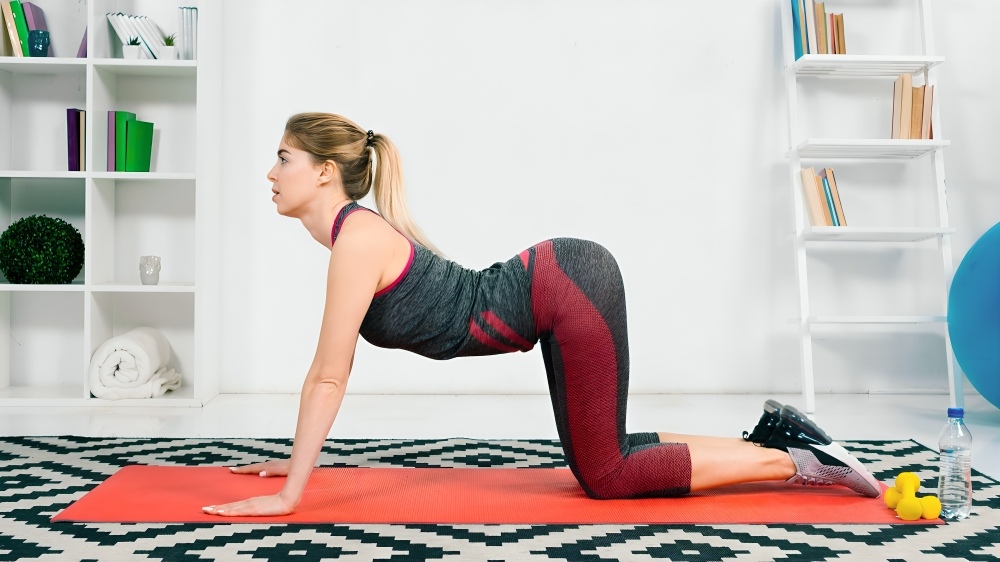
Benefits: Mobilizes the spine, relieves neck and shoulder tension, enhances flexibility.
The flowing rhythm of Cat-Cow stretches and awakens the entire spine, releasing stiffness caused by sitting or poor posture. Its dynamic nature also stimulates gentle movement in the abdominal organs, aiding digestion and detoxification.
How to Do It:
- Begin on all fours in a tabletop position, aligning your wrists under your shoulders and knees under your hips.
- Inhale deeply as you arch your back, dropping your belly toward the floor and lifting your head and tailbone upward (Cow Pose).
- Exhale slowly as you round your back toward the ceiling, tucking your chin to your chest and drawing your navel inward (Cat Pose).
- Continue this fluid motion for 6–8 rounds, syncing each movement with your breath.
Why It Works: Alternating between flexion and extension in the spine helps lubricate joints and loosen tight muscles, while mindful breathing calms the mind.
Also read – 5 Simple Moves That Reveal Where Your Body Is Struggling
3. Legs-Up-The-Wall Pose (Viparita Karani)

Benefits: Relieves leg fatigue, improves circulation, reduces anxiety.
This passive inversion is one of yoga’s most restorative postures. By reversing blood flow and allowing gravity to assist lymphatic drainage, it leaves you feeling lighter and more grounded.
How to Do It:
- Sit sideways next to a wall, then swing your legs up so they rest against it while lying flat on your back.
- Adjust your hips closer or farther from the wall until you find a comfortable distance. Extend your arms out to the sides, palms facing up.
- Close your eyes and focus on smooth, even breaths. Imagine any lingering tension draining out through your heels.
- Stay here for 5–10 minutes, letting the pose do its magic.
Why It Works: Elevating your legs reduces swelling and eases pressure on tired muscles, while the stillness invites mental clarity and peace.
Also read – Tired of Running to Burn Fat? Do These 6 Strength Moves Instead
4. Seated Forward Fold (Paschimottanasana)
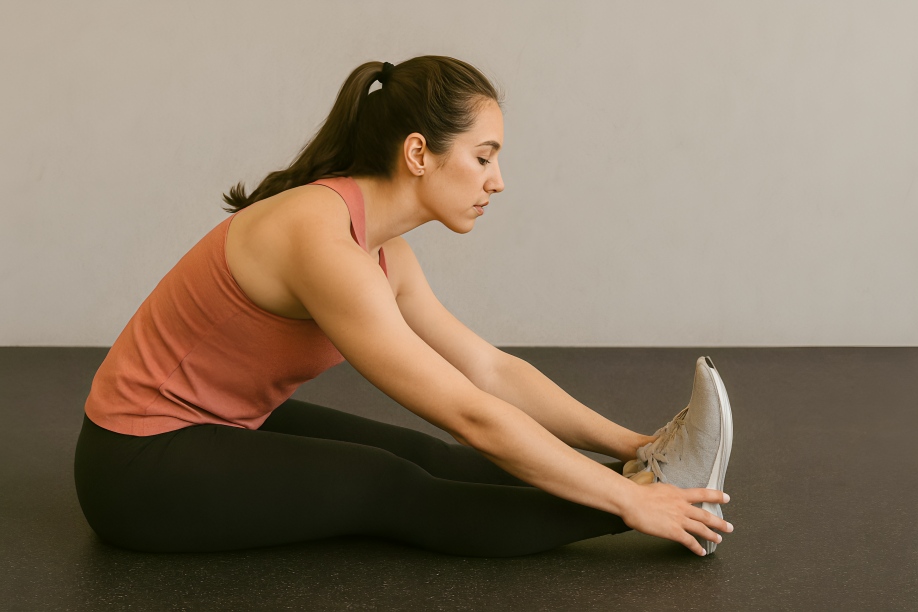
Benefits: Stretches hamstrings and lower back, calms the nervous system, aids digestion.
Forward folds are inherently introspective, drawing awareness inward and inviting surrender. This seated variation provides a soothing stretch for overworked hamstrings and a gentle compression for the abdominal area.
How to Do It:
- Sit upright with your legs extended straight in front of you, feet flexed toward the ceiling.
- Inhale to lengthen your spine, reaching your arms overhead.
- Exhale as you hinge at your hips, folding forward over your legs. Reach for your shins, ankles, or feet—wherever feels accessible without strain.
- Allow your head to hang heavy and breathe deeply into your lower back.
- Hold for 5–8 breaths, focusing on softening rather than forcing the stretch.
Why It Works: Folding forward naturally quiets the mind and stimulates the digestive organs, making it an excellent choice for evening wind-downs.
5. Reclined Spinal Twist (Supta Matsyendrasana)

Benefits: Releases spinal tension, opens the chest, balances energy.
Twisting motions wring out tension like a sponge, leaving your spine supple and refreshed. This reclined version adds an element of surrender, perfect for unwinding before bed.
How to Do It:
- Lie on your back with your arms extended out to the sides in a T-shape. Bend your knees and bring them toward your chest.
- Lower both knees to one side, keeping your shoulders grounded. Turn your gaze in the opposite direction of your knees for a gentle neck stretch (optional).
- Soften your body into the twist and take 5–7 breaths. Switch sides and repeat.
Why It Works: Twists stimulate circulation and promote detoxification, while the supported position allows for complete relaxation.
Final Thoughts: Your Path to Peaceful Recovery
These gentle yoga poses offer a sanctuary of self-care, no matter where you are or what tools you have available. By incorporating them into your routine—even for just 10 minutes—you’ll tap into your body’s innate ability to heal and restore itself.
Remember, the goal isn’t perfection but presence. Listen to your body, honor its limits, and let your breath guide you. Over time, you may find that these practices become rituals of renewal, providing relief not only for your muscles but also for your soul.
So roll out your mat—or simply find a quiet corner—and give yourself permission to pause. You deserve it.

